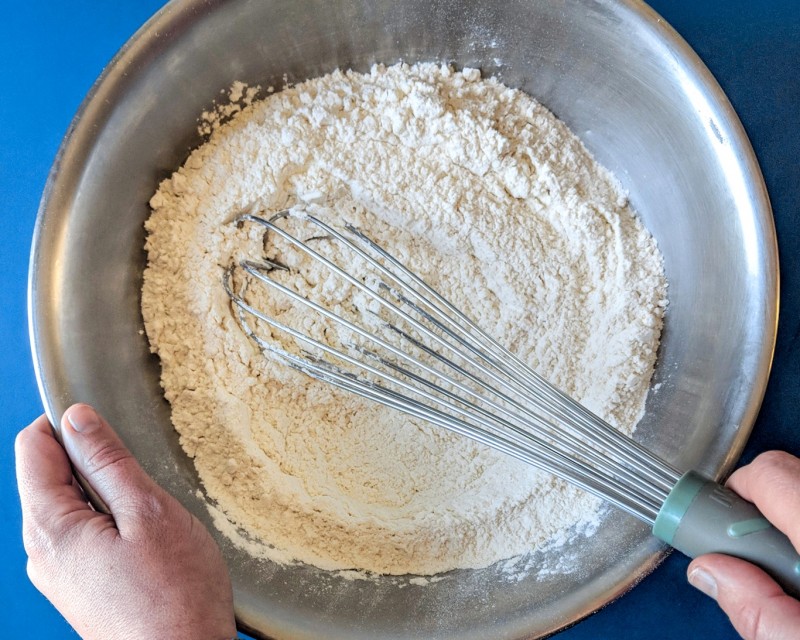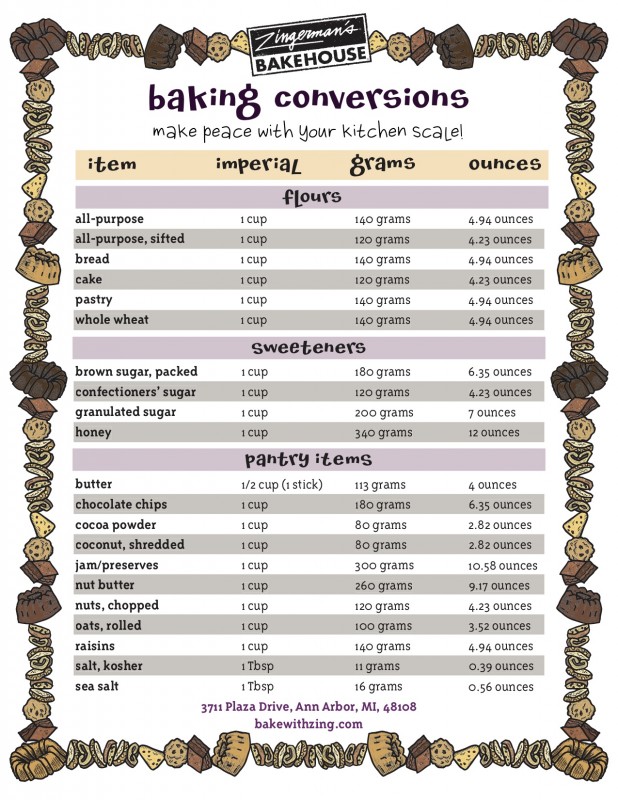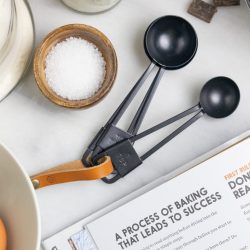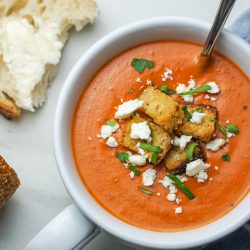Making Peace with the Baking Gods
Some things are forgiving—your favorite stretchy pants or an understanding friend, perhaps—but baking typically isn’t one of those things. It’s an exacting science that requires equal parts precision, artistry, and know-how. Today’s topic? Precision. If you’re not already baking by weight, we’re here to make the case for switching.
Here’s a situation that might sound familiar: You find a recipe that makes your heart go pitter-patter. You’re ecstatic to pull out your mixing bowl and whisk and give it a go. You follow the recipe in painstaking detail, pop it into the oven, and wait with bated breath for it to bake and cool. And then, when the time comes to taste test, something is just… off. Maybe it’s too dry, or it’s too oily, or the texture just isn’t right. Why have the baking gods forsaken me?, you ask, shaking your fists at the sky.
The answer may be sitting quietly in your drawer of kitchen tools. The humble measuring cup, the one you use to scoop and level your flour, is often the culprit behind disappointing bakes.

American bakers commonly use volume measurements. Many of us learned to measure by plunging a measuring cup into a crinkled bag of flour, leveling it off with a dusty finger, and dumping its contents into a mixing bowl. Here’s the problem, though: A cup of flour could weigh anywhere from 113 grams to 170 grams depending on the brand, the measuring cup you’re using, the method you used to scoop it… You can see how volume measurements open our bakes up to inconsistencies and imperfections. The best way to get consistent final products is to make the switch to weight measurements.
It can be unnerving to change your measuring method. Looking at a recipe listed in grams, ounces, or pounds, when all you’ve ever touched is an old plastic measuring cup, might be enough to send you running away from your oven. But fear not, dear baker! Weight measurements aren’t as frightening as they may seem. You can pick a weight unit that feels right for you, then head back into the kitchen to master the art of weighing.
How to succeed in weight measurements without really trying
Step one: Get your hot little hands on a kitchen scale. Choose for accuracy ratings; it’s important for your scale to get the numbers right every time. This doesn’t mean it has to be costly—you can purchase an effective scale for less than $20.
Step two: Learn the tare function. This lil’ button sets the scale back to zero, so you can measure ingredients directly in your mixing bowl without having to worry about, ya know, math. Forget about dirtying all those tiny measuring spoons, because those days are over! Just plunk a bowl on the scale, tare it, and add your ingredients one by one, taring in between. Or you can do one better and measure as we do at BAKE!, our very own baking school, for ultimate accuracy. Here, we measure each ingredient into its own container so we can easily double check weights and ensure that we’ve measured everything.
And the final step? Well, it’s more of an ongoing project. It’s helpful to familiarize yourself with some common conversions so you can comfortably replicate recipes regardless of their units of measurement. Luckily, we’ve already given you a head start.
Here’s a handy conversion guide for some common ingredients so you can conquer metric measurements with ease. Embrace your new scale with open arms, because it’s time to repair your relationship with the baking gods over a cup of coffee and a perfect scone. Your baked goods (and those who eat them!) will thank you.


